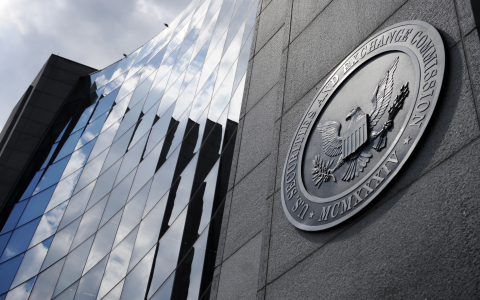
(MarketWatch) Exchange-traded funds are growing up – and regulators are taking notice.
On Thursday, the Securities and Exchange Commission passed a long-awaited ruling giving ETFs their own set of regulations, a step that will swell the ranks of funds available to investors by making it easier for issuers to launch funds.
“This is a maturing industry,” said J. Garrett Stevens, CEO of Exchange Traded Concepts, a firm that offers services like marketing, compliance, and portfolio management to fund issuers. “ETFs have been around long enough that regulators realize they need their own set of rules.”
Since the first ETF SPY, +0.44% launched, 27 years ago, all ETFs have had to cram themselves into the framework of rules established in 1940 for mutual funds, even though they’re a very different type of product. “Exchange-traded” means that ETFs take the rough principles that define mutual funds – collectively pooled assets – and make them more accessible. ETFs can be bought and sold, and their prices updated to reflect that activity, all day long, like stocks.
Now, over $3.3 trillion in assets is held in about 2,000 ETFs.
For years, the SEC has offered ETFs a work-around called “exemptive relief”, but applying for such relief – in effect telling the agency why all the rules meant for mutual fund should not apply to a new ETF – often added as much as six months and tens of thousands of dollars to the launch process.
Some of the more exotic ETFs will still need exemptive relief: funds-of-fundsIYLD, +0.20% , leveraged funds WANT, +0.98% , or those that take an inverse approach to investing.
But analysts say the vast majority of funds that have launched in recent years would not, meaning they’ll speed to market more quickly. Stevens said a new fund working with his company could expect to be trading in as little as 90 to 100 days under the new regime.
The rule also makes the ongoing management of portfolios less onerous for actively-managed funds, which currently incur tax implications when they shift their holdings. That could make it more attractive to launch an actively-managed fund, rather than one that passively tracks a index.
“By treating ETFs as an investment product different from mutual funds, the SEC has taken steps to improve ETF investor education and make it easier for asset managers to run and launch products,” said Todd Rosenbluth, head of ETF and mutual fund research at CFRA, in a note to clients after the rule was released.
“We think small asset managers will expand their product lineups and new entrants will seek to join the ETF industry, particularly with thematic offerings.”
Is more necessarily better? Stevens says yes. There are far fewer ETFs than mutual funds, he pointed out. “It’s great for consumer choice, and this is no different than innovations in any industry. If a new fund launches and doesn’t get traction, it’ll go away.”
It's not always so straightforward when an ETF closes, however. There are tax implications to the investor, not to mention the hassle of having to reinvest. A CFRA analysis of 1,662 funds over the five-year period 2014-2019 found that 24% of them closed, and a few dozen completely changed their original investing intention.



